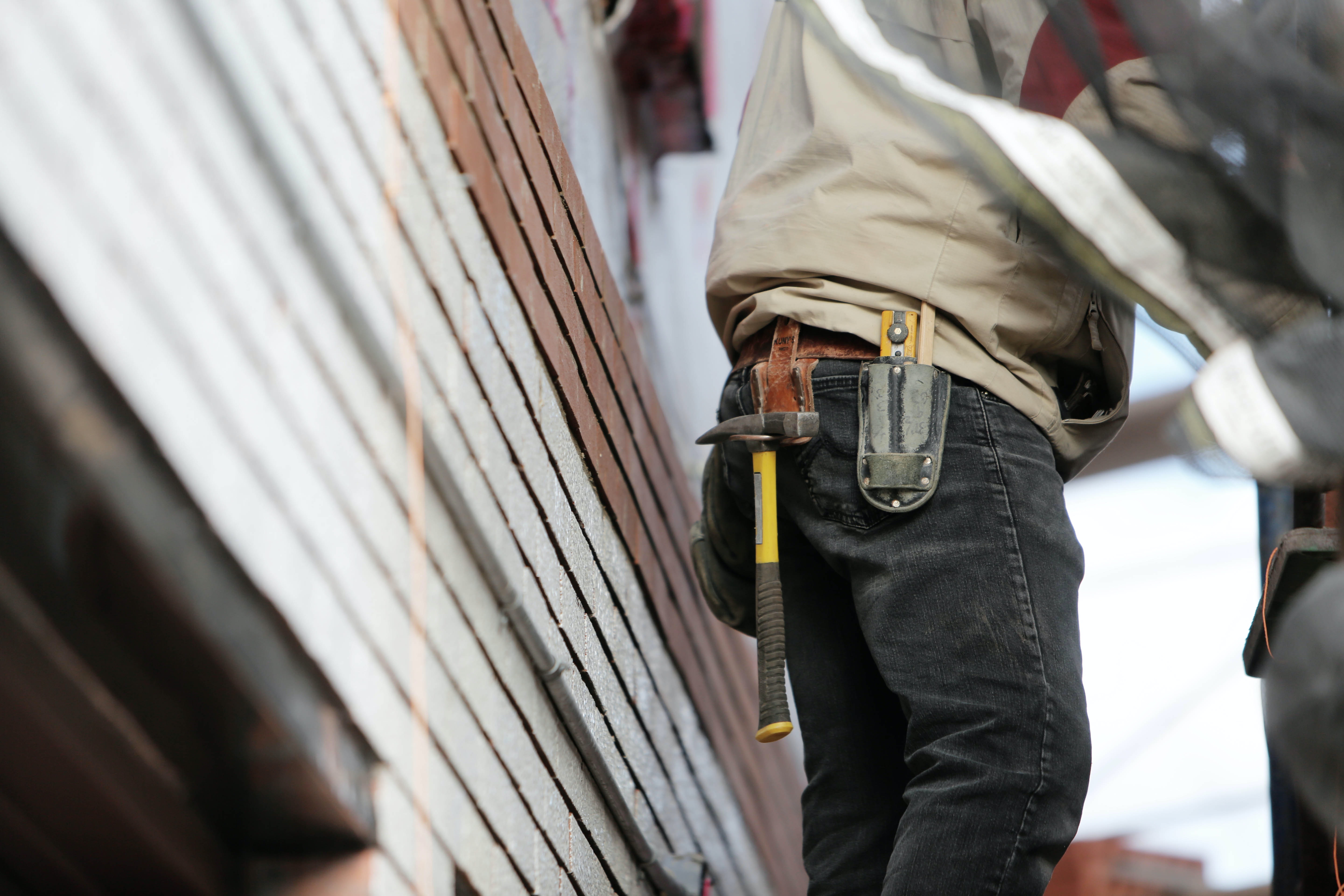
Your Homeowner’s Insurance Policy May Not Cover Your Most Important Valuables
Your Homeowner’s Insurance Policy May Not Cover Your Most Important Valuables
A typical homeowner’s insurance policy covers a few things: the structure and materials of your home, liability against any personal injuries or harm that may happen on your property, expenses for temporary stays in the event of a covered disaster, and damage or loss of your personal belongings.
In terms of that last category — your personal belongings — many people are surprised to find themselves woefully undercovered for their most prized or important possessions. While losing your mattress and all your clothes in a fire is almost always covered, you may not be able to claim an expensive cello if someone happens to bump into it at a party and somehow break it in half.
The key difference is that homeowner’s insurance generally only covers certain articles damaged in a coverable incident. Unintentional damage by the homeowner or their guests, or uncovered incidents like floods, may not qualify for lost items claims. Additionally, high-value items like antique jewelry may surpass the coverage limits offered in the standard policy form.
If this concerns you, and if you want to have your most important possessions covered, you will typically have to look towards a product known as a personal articles policy or a personal floater.
What Is a Personal Articles Floater?
A personal articles policy or floater is a specific insurance product used to cover designated items with appraised values. It can cover a higher cash value per-item and in aggregate than most homeowner’s insurance policies, and it covers a much wider variety of unintentional damage, loss or theft. These claims can include damage or loss that has occurred outside the home.
A personal articles floater can cover objects within a certain value range, usually between $5,000 and $50,000. Additionally, many of these policies require a lower deductible and pay at a higher percentage of the items appraised value than the typical homeowner’s policy.
In short, a personal articles floater can cover more items for more incidents at a better reimbursement rate. It also allows for the homeowner to take between 30 and 90 days to report a new item being added to the policy, meaning in certain situations an item can become damaged and then claimed even if the owner had not yet declared the item to their insurer.
Personal articles coverage can either be added to your homeowner’s insurance policy as a rider or they can be purchased as stand-alone products. Depending on your collection’s value and your needs, you may need to purchase several floaters or riders to cover all of your most important valuables.
What Items Does a Personal Articles Floater Policy Usually Cover?
Most policies only cover certain high value items in certain categories. Examples of typical items covered by a personal articles floater include:
- Jewelry, fine silverware, trophies and other precious items
- Coin and stamp collections, either on an individual basis or for the collection as a whole
- Furs, including items with fur trim
- Cameras and camera equipment; items may be subject to an additional premium if they are used for professional work
- Musical instruments as well as cases, sound equipment and high-value accessories; items used professionally may require an additional premium
- Golf clubs and other high-value sports equipment
- Fine art, including antique furniture, rare books, paintings, sculpture and more
You can speak with a personal insurance company in Las Vegas to learn more specific information about personal articles policies and how they can help you protect your most valuable — and personally valued — assets




